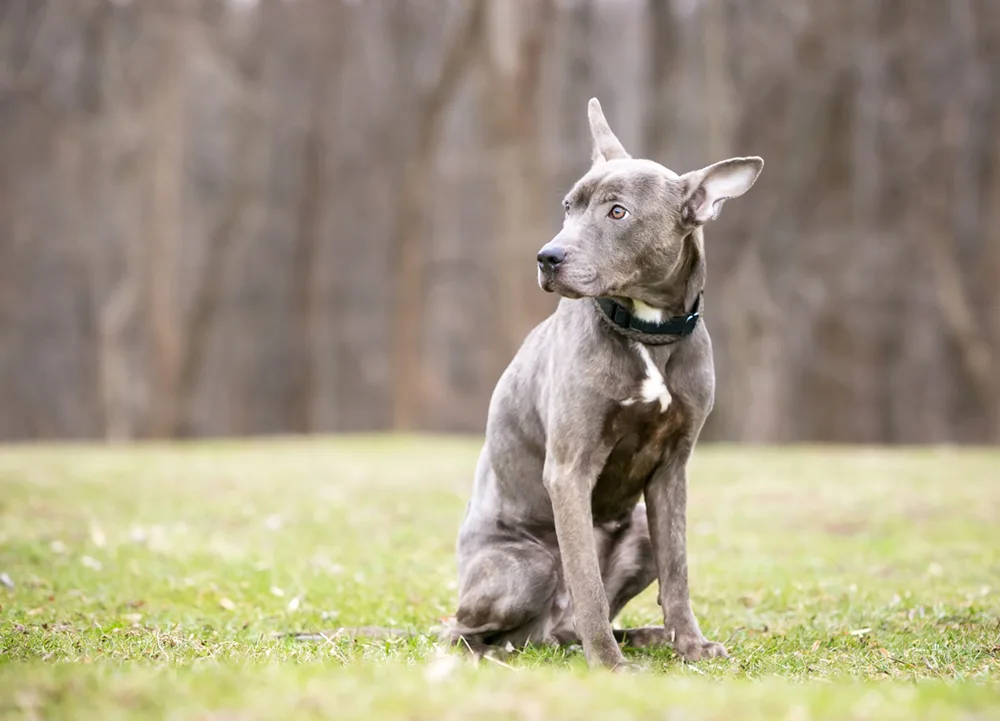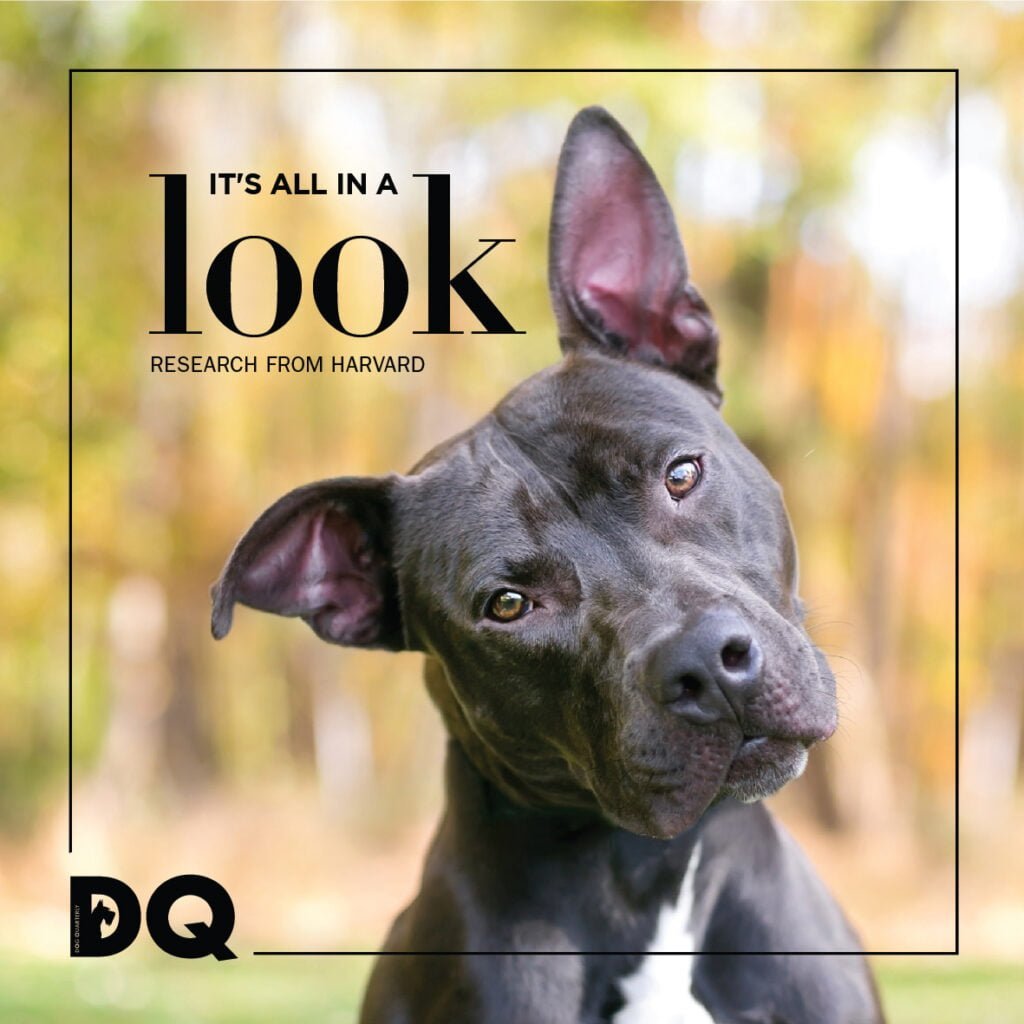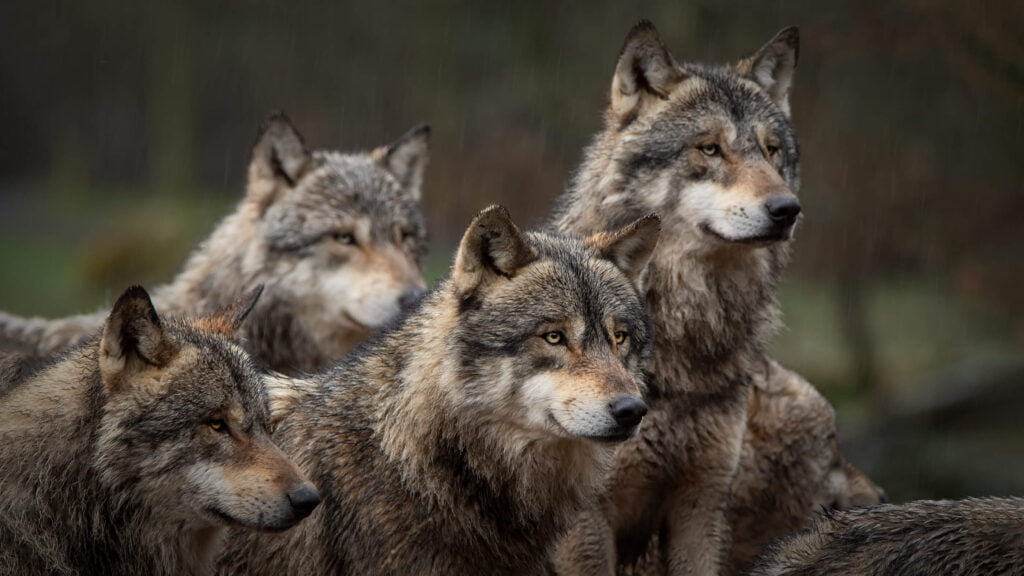Celebrating introverted personalities rather than trying to ‘fix’ them
For too long, dog culture has celebrated the confident extrovert: the tail-wagging social butterfly who greets strangers with enthusiasm, bounds into the dog park, and thrives in busy environments. But just like people, not all dogs are wired this way. Some are naturally cautious, sensitive, or reserved. These ‘shy’ dogs are often misunderstood, labelled as ‘problematic,’ or placed into endless training programmes to ‘fix’ their personalities.
The truth is: shyness is not a flaw. It’s simply a temperament. And learning to celebrate introverted dogs, rather than forcing them into roles that don’t fit, may be the next great shift in canine welfare.

Temperament, not trauma
It’s easy to assume a shy dog must have been neglected, abused, or poorly socialised. While early experiences certainly play a role, many shy dogs are simply born with a quieter, more cautious temperament, just like more introverted humans. Research into canine behaviour shows that genetic influences on personality traits, such as sociability and fearfulness, are significant, meaning that a dog may just be ‘shy’ by nature, without any environmental influence.
Just as we wouldn’t expect every child to be outgoing, we shouldn’t expect every dog to crave constant social interaction.
The problem with ‘fixing’ shyness
Traditional approaches often treat shyness as something broken. Owners are encouraged to flood shy dogs with social experiences or push them into overwhelming environments in the hope they’ll ‘come out of their shell.’ While some dogs do gain confidence with careful exposure, others become more stressed, anxious, or withdrawn.
The danger is twofold:
- For the dog: Repeated stress can elevate cortisol and reduce trust in their human.
- For the owner: Frustration builds when the dog doesn’t transform into the expected ‘friendly pet.’
This cycle can erode the human-dog bond, when what shy dogs most need is empathy, patience, and acceptance.

Reframing shyness as a strength
Shy dogs bring unique qualities worth celebrating:
- Loyalty: Once bonded, introverted dogs are often deeply connected to their humans.
- Calm presence: They are less likely to overwhelm guests or charge into chaotic situations.
- Sensitivity: Many shy dogs are highly attuned to subtle cues and thrive in quieter, structured environments.
- Resilience with the right support: Given safe spaces and gentle handling, shy dogs can flourish – not as extroverts, but as confident versions of themselves.
Recognising these traits allows us to value them for who they are, not who we think they ‘should’ be.
Supporting the shy dog
Instead of trying to erase shyness, we can help these dogs live happy, enriched lives by adapting our expectations and environments. Practical steps include:
- Respect their boundaries: Don’t force greetings or interactions, rather let them choose when and how to engage.
- Create safe spaces: Provide quiet retreats at home and during travel so they can decompress.
- Use positive reinforcement: Reward small steps of confidence, but never punish avoidance.
- Educate others: Politely let visitors know your dog doesn’t enjoy being petted or crowded.
- Enrich on their terms: Focus on activities they enjoy, like scentwork, gentle walks, or training games at home.

A cultural shift in progress
The ‘shy dog revolution’ is about more than individual owners. It’s about changing the wider culture around dogs. Just as we’ve come to question outdated dominance-based training, we can now question why extroversion is treated as the gold standard.
Rescue organisations, trainers, and breeders all have roles to play: by highlighting the strengths of quieter dogs, adopting language that doesn’t stigmatise shyness, and matching these dogs to homes where they will be cherished rather than ‘fixed.’
Final thoughts
Shy dogs are not broken, and they don’t need to be transformed into something they are not. They need understanding, respect, and the freedom to be themselves. By celebrating introverted personalities, we not only improve the lives of these dogs but also expand our own definition of what it means to have a truly rewarding partnership with our best friend.
References
- Persson, M. E., Roth, L. S., Johnsson, M., Wright, D., & Jensen, P. (2015). Human-directed social behaviour in dogs shows significant heritability. Genes, Brain and Behavior, 14(4), 337–344.
- Haverbeke, A., Laporte, B., Depiereux, E., Giffroy, J. M., & Diederich, C. (2008). Training methods of military dog handlers and their effects on the team’s performances. Applied Animal Behaviour Science, 113(1-3), 110–122.
- Rooney, N. J., & Cowan, S. (2011). Training methods and owner–dog interactions: Links with dog behaviour and learning ability. Applied Animal Behaviour Science, 132(3–4), 169–177.
- Overall, K. (2013). Manual of Clinical Behavioral Medicine for Dogs and Cats. Elsevier.



